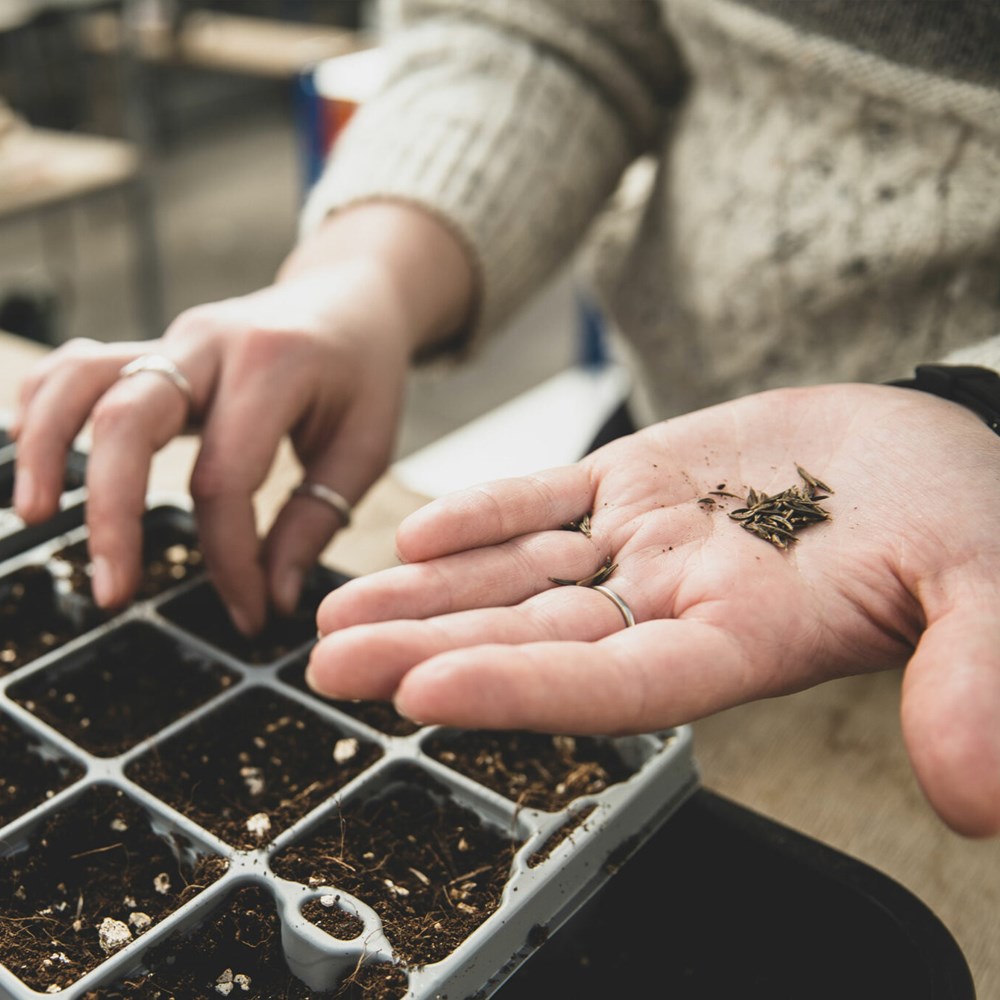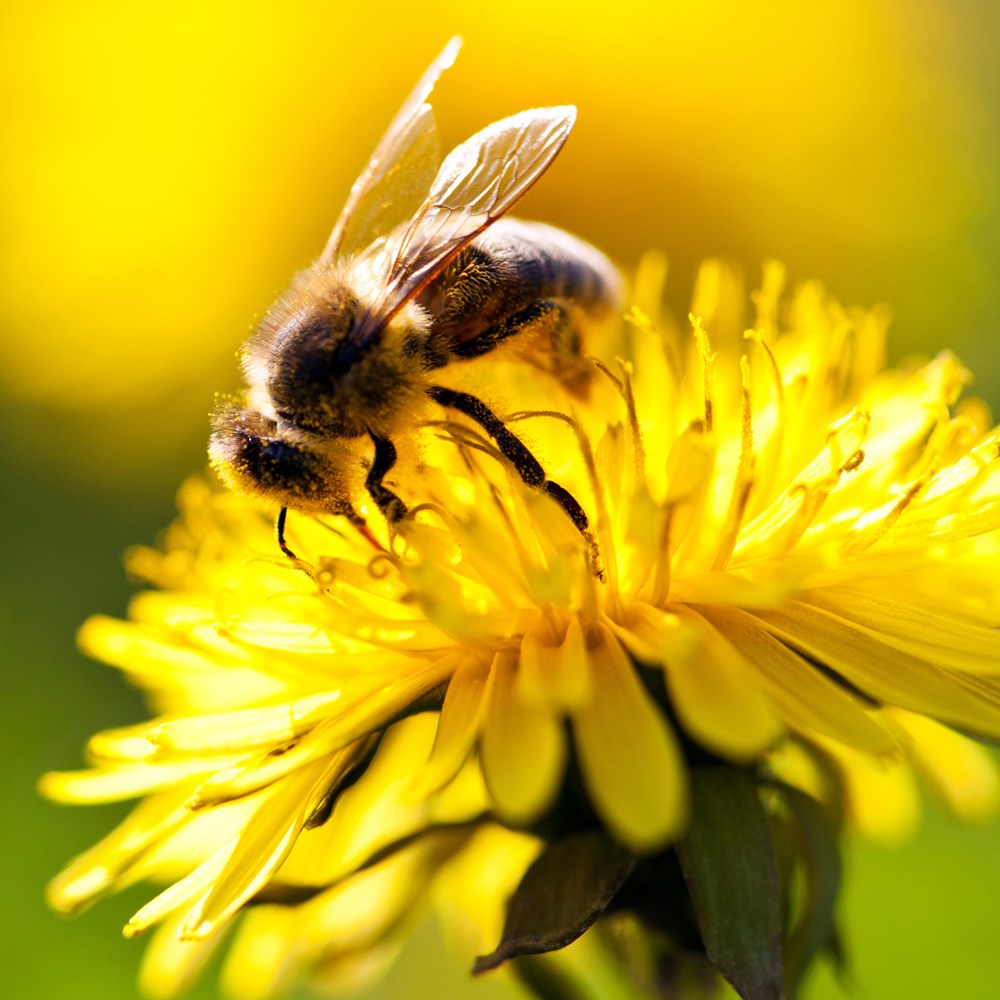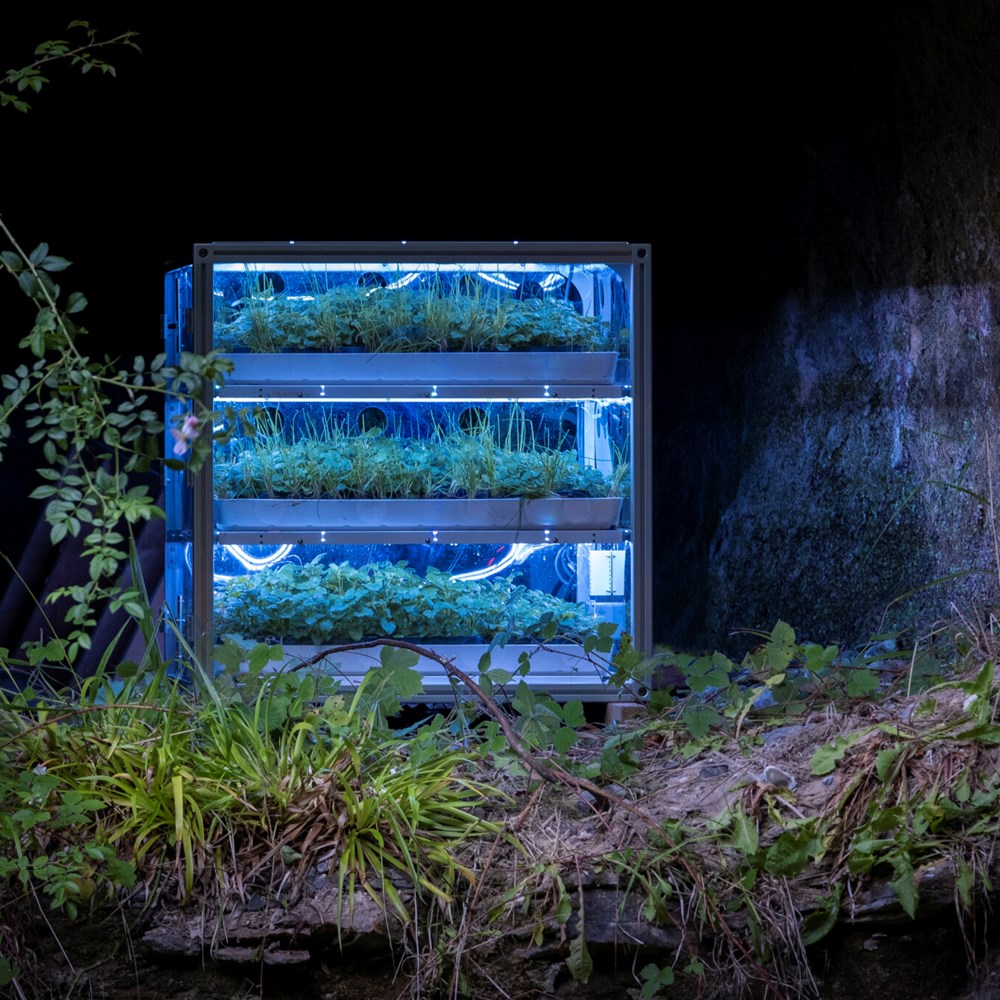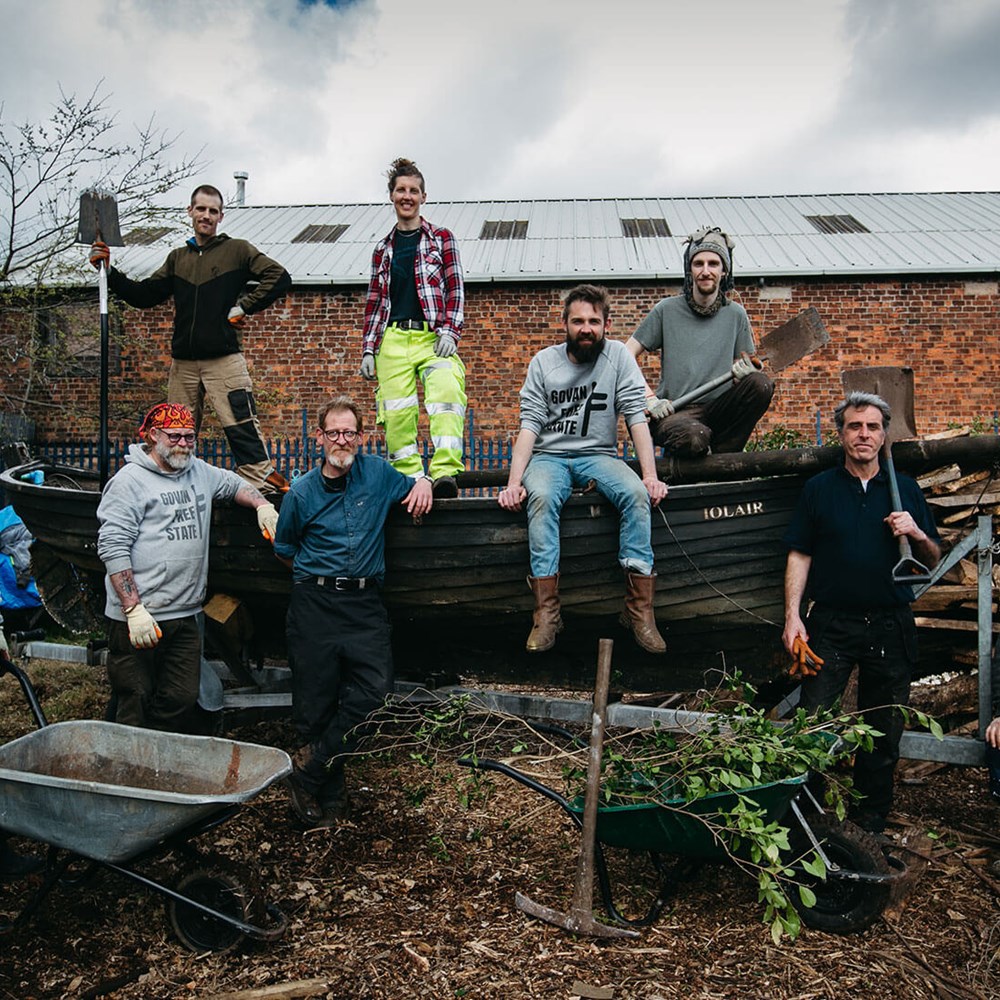Top Tips for Brand New Growers
Whether we have a windowsill, balcony, small or large garden, we all have to learn the same basic concepts of growing when we get started. Hopefully these tips will encourage you to give it a go.

Whether we have a windowsill, balcony, small or large garden, we all have to learn the same basic concepts of growing when we get started. Hopefully these tips will encourage you to give it a go.
1. Use what you already have in the kitchen
A great place to start is re-growing what you already have on hand. Celery is particularly successful with this, producing roots at such a rate it can be fun to take a daily photo to see the differences. If you have a full celery attached at the bottom, once you have used the stalks just lightly trim the bottom and put it in water. It should start producing roots within a few days. Lettuce can be regrown in the same manor. Another popular choice is spring onions which often come with roots already on them; no trimming required here just put the rooted end in water and watch it take off. For outdoor spaces you can also try onions and garlic.
2. Garden centres and plant nurseries are great resources
In the spring, garden centres and nurseries are chock full of little plants looking for a home. Even if you’re looking to grow on a windowsill you can still see what they have on offer outside; carrots are fantastic grown inside and “cut and come again” lettuces are a great addition to a summer salad. Look for dwarf varieties so you don’t end up with a four foot tall tomato bush. Garden centres supply plants that have been growing for several weeks so your time from planting to harvesting is much reduced.
3. But, growing from seed is a LOT cheaper
Growing from seed can absolutely seem daunting at first. It’s important to remember that seeds *want* to grow and can do so in some low cost places like toilet paper tubes and yoghurt pots (be sure to add a drainage hole!). Just remember not to plant too many seeds close together and, ideally, transfer your seedlings to larger containers to allow them to grow on without competition from other plants. It’s incredibly rewarding growing plants from seed – especially so when you realise a packet of 100 seeds can be the same price as a single plant. See if your neighbours want to seed or plant swap to get the full benefit.
4. Harden off
Once your new plants are well established (usually around 5 or so centimetres, depending on the plant) you might decide to grow them on outside. Before doing this, give them some time to get used to outdoor, frost free temperatures during the day; this is called “hardening off”. If the leaves go pale or the plant starts to wilt, it’s too cold and bring it back in until the weather warms more. If it seems happy enough, after several days you can go for an outdoor overnight. Be sure that you don’t try this if there is any risk of frost.
5. Companion Plants
In addition to adding some gorgeous colour to your vegetable planting, companion plants such as nasturtiums and marigolds can help keep pests away from your precious crops. Nasturtiums help distract aphids from a huge variety of crops, and cabbage white butterflies from your brassicas (broccoli, kale, etc). Marigolds do well with tomatoes and cucumbers, due to their distinctive smell which deters whitefly. Basil is an excellent companion plant for tomatoes, not only because they taste fantastic together but also because the smell is said to deter a variety of pests and some even say improves the flavour of the tomatoes.
6. Experiment
Yes there are loads of us who have come before and have developed some basic principles of when to plant what and how to do it, but there is nothing stopping you from trying new things and seeing how you get on. The worst that can happen is you learn something new.
7. Get the kids involved
If you have caring responsibility for young people it can be difficult to find the time to even consider growing food. Children love to plant seeds and watch them grow; even better it encourages them to taste the fruits of their labour. Start small with growing cress in an eggshell with a funny face. Work into sunflowers, peas, beans, strawberries, carrots, the list goes on. You will all soon learn that absolutely nothing tastes like what you’ve grown yourself, and watching children pull carrots they planted themselves and eat them raw with the tops on… it makes it all worth it.
Explore more

Dandelion Resources
Get growing advice, seasonal suggestions and celebrate the joys of looking after plants.

Dandelion Project
With the aim of re-establishing Harvest as an event on the national calendar, Dandelion brought together community development, horticulture, live music, learning, sustainable thinking and innovative arts practice to support the people of Scotland to sow, grow and share together.

Dandelion Events
Dandelion culminated in in over 500 events as part of the largest-ever creative celebration of Harvest staged across Scotland.

Dandelion Results
Dandelion's Unexpected Gardens sprang up all across Scotland and continue on today event after our programme has ended.
